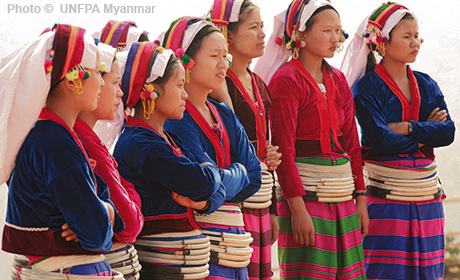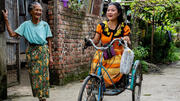-
Country Pages
-
Asia y el Pacífico
- Afganistán
- Bangladesh
- Bhután
- Camboya
- China
- India
- Indonesia
- República Islámica del Irán
- República Democrática Popular Lao
- Malasia
- Maldivas
- Mongolia
- Myanmar
- Nepal
- Pakistán
- Estado Independiente de Papua Nueva Guinea
- Filipinas
- Sri Lanka
- Tailandia
- Timor Oriental
- Vietnam
-
Europa Oriental y Asia Central
- Albania
- Armenia
- Azerbaiyán
- Belarús
- Bosnia y Herzegovina
- Georgia
- Kazajstán
- Oficina de Kosovo
- Kirguistán
- República de Moldova
- Macedonia del Norte
- Serbia
- Tayikistán
- República de Türkiye
- Turkmenistán
- Ucrania
- Uzbekistán
-
Estados Árabes
- Argelia
- Yibuti
- Egipto
- Iraq
- Jordania
- Líbano
- Libia
- Marruecos
- Omán
- Palestina
- la República Federal de Somalia
- Sudán
- República Árabe Siria
- Túnez
- Yemen
-
África Oriental y Meridional
- Angola
- Botswana
- Burundi
- Comoras
- República Democrática del Congo
- Eritrea
- Eswatini
- Etiopía
- Kenya
- Lesotho
- Madagascar
- Malawi
- Mauricio
- Mozambique
- Namibia
- Rwanda
- Seychelles
- Sudáfrica
- Sudán del Sur
- República Unida de Tanzanía
- Uganda
- Zambia
- Zimbabwe
-
América Latina y el Caribe
- Argentina
- Estado Plurinacional de Bolivia
- Brasil
- Chile
- Colombia
- Costa Rica
- Cuba
- República Dominicana
- la República del Ecuador
- El Salvador
- Guatemala
- Haití
- Honduras
- México
- Nicaragua
- Panamá
- Paraguay
- Perú
- Uruguay
- República Bolivariana de Venezuela
- Caribe (multinacional)
-
África Occidental y Central
- Benin
- Burkina Faso
- Cabo Verde
- Camerún
- República Centroafricana
- Chad
- Congo
- Costa de Marfil
- la República de Guinea Ecuatorial
- Gabón
- Gambia
- Ghana
- Guinea
- Guinea-Bisáu
- Liberia
- Malí
- Mauritania
- Níger
- Nigeria
- Sao Tomé y Príncipe
- Senegal
- Sierra Leona
- Togo
-

UNFPA Myanmar
With abundant natural resources and a dynamic population, Myanmar still faces slow economic growth. Health system weaknesses have kept maternal mortality high, with a majority of deliveries taking place at home, unassisted by skilled birth attendance. UNFPA support began with the 1973 national census. Current programmes align with national plans on reproductive health, HIV/AIDS and women’s rights. They focus on extending high-quality reproductive and sexual health services, emphasizing HIV prevention. UNFPA assistance also helps expand capacities to produce high-quality demographic data, and conduct research and analysis on gender equality issues.
Población
- Población de 0 a 14 años, en porcentaje
- Población de 15 a 64, años, en porcentaje
- Population aged 65+
Salud sexual y reproductiva
- Nacimientos atendidos por personal sanitario calificado
Planificación familiar
- Modern method
Educación
Gender, Rights, and Human Capital
Prácticas nocivas
Population Pyramid
Esperanza de vida
Total fertility rate
Noticias
“Todo se desmoronó en segundos”: Las mujeres y las niñas necesitan apoyo urgente después del desastroso terremoto en Myanmar
MANDALAY, Myanmar— “He vivido aquí toda mi vida, pero nunca he visto nada tan devastador como este terremoto”, afirmó...
“Un sueño por lograr”: Hacer que Myanmar sea más inclusivo de cara a la discapacidad
“Solicité un trabajo en una tienda de costura local. Cuando vieron mi discapacidad física, rechazaron mi solicitud sin...


Redes sociales
Tweets from UNFPATürkiye